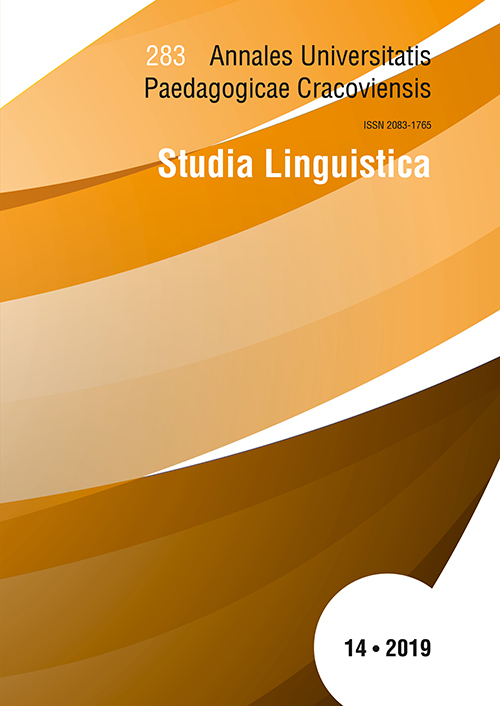Pięćdziesiąt lat minęło. O polskim dopełniaczu liczby pojedynczej raz jeszcze
After fifty years. Once again about the Polish genitive of the first person singular
Author(s): Krystyna KleszczowaSubject(s): Language and Literature Studies, Theoretical Linguistics, Morphology, Descriptive linguistics
Published by: Wydawnictwo Uniwersytetu Komisji Edukacji Narodowej w Krakowie
Keywords: historical grammar; inflexional changes; genetivus; dativus; possessiveness
Summary/Abstract: 1968 saw the publication of Józefa Kobylińska’s monograph entitled Rozwój form dopełniacza liczby pojedynczej rzeczowników rodzaju męskiego w języku polskim [The development of the forms of the genitive singular of masculine nouns in the Polish language]. Whoever intends to write about the Polish masculine genitive singular cannot neglect this publication, especially so because the selection of the endings -a and -u still poses a problem for modern Poles. The author of the article intends to supplement the fragments of the monograph which refer to the sources of the vacillations in the selection of endings. She puts forward a thesis that the source of the ending -u in the genitive was not only the 2nd declension but also the forms of the dative of the 1st declension. The author continues to ask, why the ending -a was preserved by animate nouns. It turns out that among all the functions of the genitive (genetivus qualitatis, genetivus partitivus, genetivus absolutus) Saxon genitive was the prevailing one; a noun in the genitive indicated the possessor, and the latter was a person, less frequently an animal. Possessive form expressed by the dative (cf. Bogu rodzica) was not pure, it frequently connoted an existential function.
Journal: Annales Universitatis Paedagogicae Cracoviensis. Studia Linguistica
- Issue Year: 2019
- Issue No: 14
- Page Range: 79-85
- Page Count: 7
- Language: Polish

